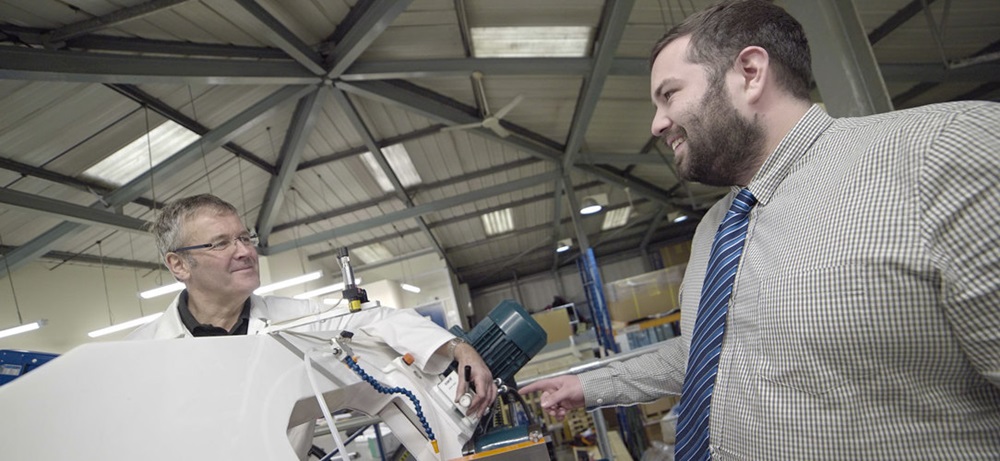When delving into the world of bandsaw machinery, a fundamental aspect to grasp is the relationship between the saw bow’s descent speed, the applied pressure and the resistance offered by the workpiece. This understanding is crucial for optimal operation and precise cutting, as a guide produced by Saws UK sets out.
Investing in a high-end bandsaw brings notable advantages, especially with sophisticated down-feed systems designed to fully harness the capabilities of the latest bi-metal and carbide-tipped blades. These enhancements substantially boost productivity.
Down-feed regulation systems in bandsaws vary significantly. Some are straightforward, featuring an adjustable hydraulic valve in the guide system that responds to material resistance. More advanced systems include load detection on the blade drive motor, integrating an interface with a proportional down-feed valve in the hydraulics. Additionally, some machines employ a ball screw system connected to the interface for down-feed control.
A pivotal feature in some bandsaws is blade deflection detection. This technology automatically slows the down feed to prevent crooked cuts when the blade begins to dull towards the end of its lifespan.
Modern control systems often include a material directory, enabling operators to set reasonable down-feed rates based on workpiece size. However, this requires accurate data input and may not account for the annealed state of the material, where load detection systems can provide additional guidance during challenging cuts.
The question arises: can a company justify spending up to £100,000 more for a bandsaw that fundamentally performs the same task? The answer lies in evaluating several factors, including expected service life, precision of cut, ease of use and speed of cut. Saws UK can provide advice in line with customer-specific applications.
More information www.sawsuk.com















